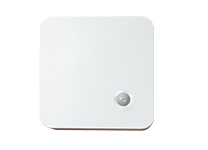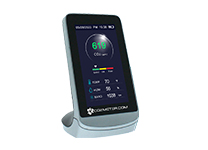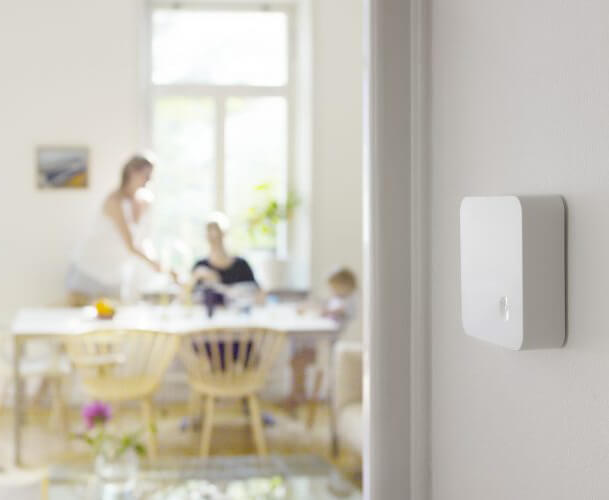Indoor Air Quality Monitoring
CO2 Sensors
An advanced and discreet indoor air quality monitor with internal sensors designed to monitor CO2, indoor temperature and humidity. Ideal for schools and offices.
ERS CO2 Carbon Dioxide Sensor

The Elsys ERS CO2 is a sensor designed for measuring indoor air quality parameters including carbon dioxide (CO2), temperature and humidity. It is designed to be wall-mounted and comes enclosed in a minimalistic and discreet room sensor box. LoraWAN Certified™, the wireless ERS CO2 sensor is battery operated and can be used anywhere where the monitoring of the indoor environment and air quality are essential including workplaces, schools, hospitals, aged care facilities, and more.
FIND MORE INDOOR AIR QUALITY MONITORS
IAQ Max Desktop CO2 Monitor

The IAQ Max Desktop CO2 Monitor is a handheld air quality monitor and datalogger designed to measure and detect carbon dioxide (CO2), temperature, relative humidity and barometric pressure. With a large and modern LCD (Liquid Crystal Display) screen all indoor air quality metrics can be viewed at a glance.
CO2 Sensor Guides and Resources
Here are some resources on indoor air quality and CO2 monitors for your reference.


